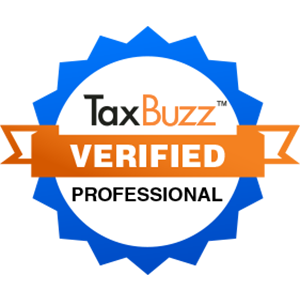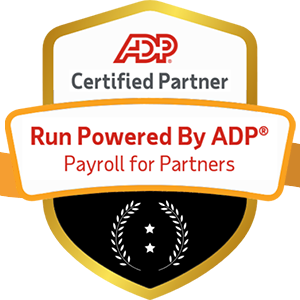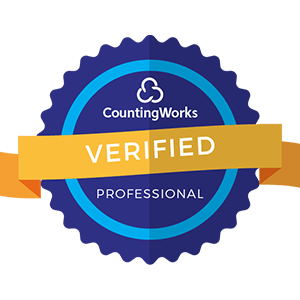
The war for talent is raging, and your business needs to stand out if you want to stock your organization with a talented team. Finding, attracting, and hiring talent is challenging, and that means your business needs a strong talent acquisition strategy if you want to thrive in today’s competitive environment. Investing in this process improves the functionality and productivity of your organization.
Talent management is more than human resources management. HR typically takes a reactive approach – a need surfaces within the organization, and HR hires the best person for the job. Talent management acquisition, in contrast, takes a proactive approach. It goes several steps beyond HR, demands a match with company culture and values, and considers the talent’s ability to advance both themselves and the company in the future.
This guide explains why businesses need a talent acquisition strategy. It covers how to create a long-term strategic effort to acquire qualified candidates, nurture relationships, and retain talent, and it looks at the mistakes you should avoid while formulating your approach.
A talent acquisition strategy requires your organization to understand its needs and proactively search for the best fit for both now and the future. The right approach to this process positions your company for success in the face of market challenges. These are a few of the benefits of creating a solid plan:
Your business’s success hinges on having the right employees to support your mission. A thoughtful acquisition approach helps you find the people who will most effectively drive the success of your organization.
Talent acquisition doesn’t just focus on finding new hires. A strong strategy also helps you make the most of your existing talent pool and identify where employees can advance and expand their roles in your organization.
Recruiting, hiring, and onboarding are expensive and time-consuming processes, so once you’ve landed talent, you want to hold onto them. The right strategy helps you retain talent by providing them with room for advancement. They can see an exciting career path with your organization, and they want to stick with you.
An effective plan helps you fill roles in your company, but even more importantly, it boosts morale and keeps employees motivated and engaged. Coaching and developing employees to their full potential bolsters the success of your organization and simultaneously helps prevent turnover and reduce recruiting and onboarding costs.
.jpg?width=1000&name=Untitled%20design%20(13).jpg)
A solid understanding of the benefits of a talent acquisition strategy might leave you wondering how to get started. How do you create a process to attract and retain the talent who will help your company thrive? Here are the essential steps:
You need to know yourself before you can find the perfect fit with talent. Think about the core attributes of your business culture, and let your brand image drive the hiring process.
Don’t take a Band-Aid approach by only hiring people when you need them. Think about your long-term goals and look at your internal and external talent supplies. That will enable you to assess potential gaps and develop strategies to address them.
Shifting from a reactive to a proactive position may include creating a pipeline of candidates to meet anticipated future staffing needs or hiring people who can grow beyond their roles.
Look closely at your current process for recruiting and hiring people and find areas for improvement. Make sure to update your job descriptions to reflect your business’s growth mindset, find ways to automate resumé screening, and make sure you’re using the optimal sources as you search for talent.
Use tools that help you measure metrics related to employee performance and retention. You will then be able to leverage the data to improve your approach.
Creating a talent acquisition strategy is a long-term process. You don’t simply create a protocol and walk away. You draft a plan for recruiting talent, then analyze your outcomes and make changes where needed. This process should help you avoid time-consuming, money-wasting tasks in the recruitment and onboarding process.
Mistakes in your talent acquisition strategy will cost you time and money and potentially fill your organization with people who don’t have the skills, personality, or vision to support your journey toward success. Avoid these common errors while creating your strategy:
Rushing through the hiring process saves time and money upfront but sacrifices success in the long run.
Data should drive your decisions, not simply show you what you’ve already done.
Inconsistent job descriptions and interview questions will lead to subpar results.
You need to constantly analyze how you attract and retain talent and adjust your strategies to be as successful as possible.
Simply having the skills to do the job is not enough. Your talent needs to fit in with your organizational culture if you want your team to be cohesive and long-lasting.
Talented candidates are not going to work with just anyone. They also want the best fit for their everyday working life and long-term career advancement. Make sure candidates have the chance to get to know your company as you get to know them. Continue to cultivate and nurture your talent long after you’ve hired them.
Your human capital is one of your most valuable business assets, and you need to constantly invest in improving this asset. Ignite HCM offers on-demand ADP consulting, optimization, support, HCM software implementation, and other services.
Our team is full of ADP insiders with the expertise and connections to help you get the most out of your program. Contact our office today for help with your payroll management and HR optimization needs.


